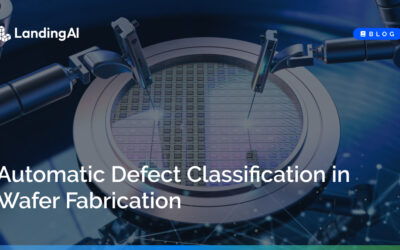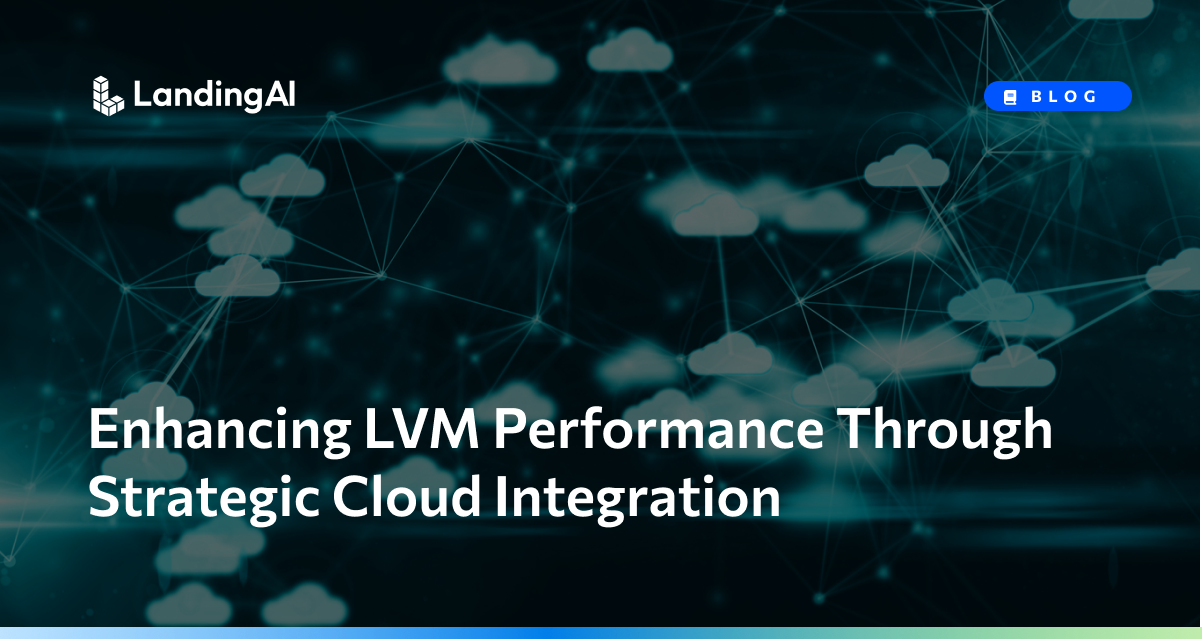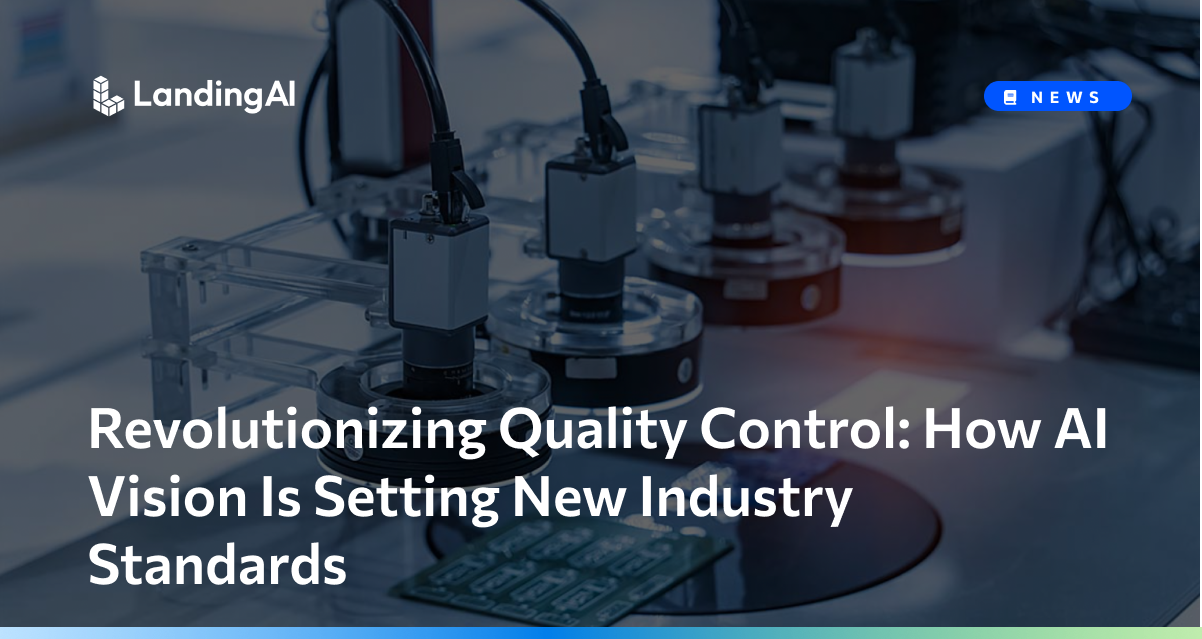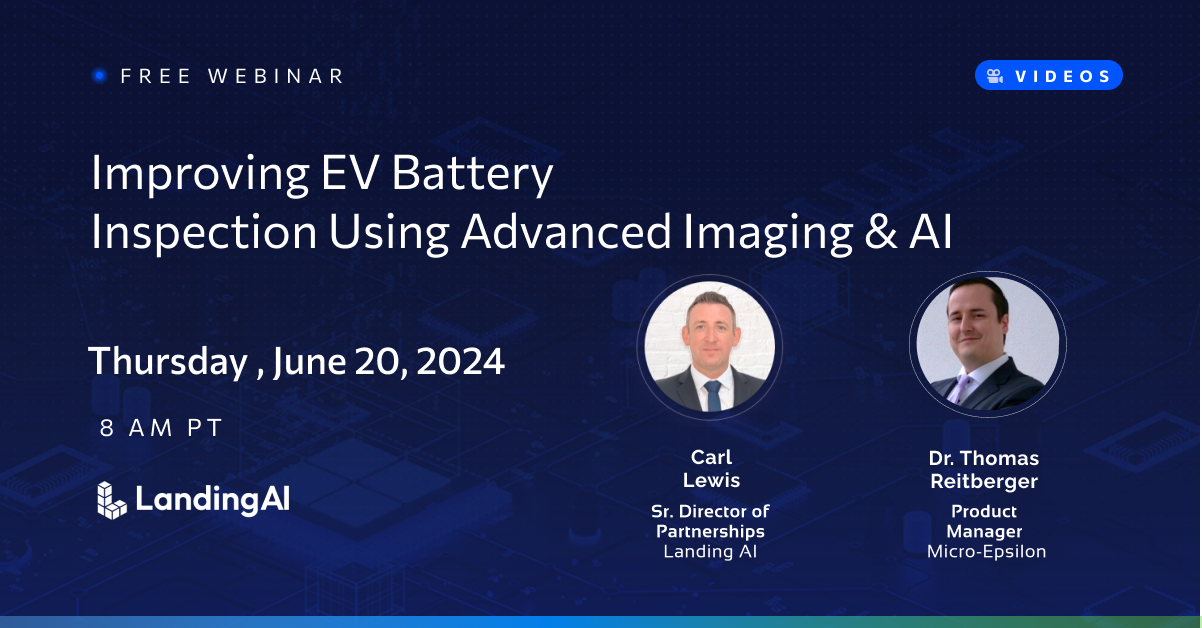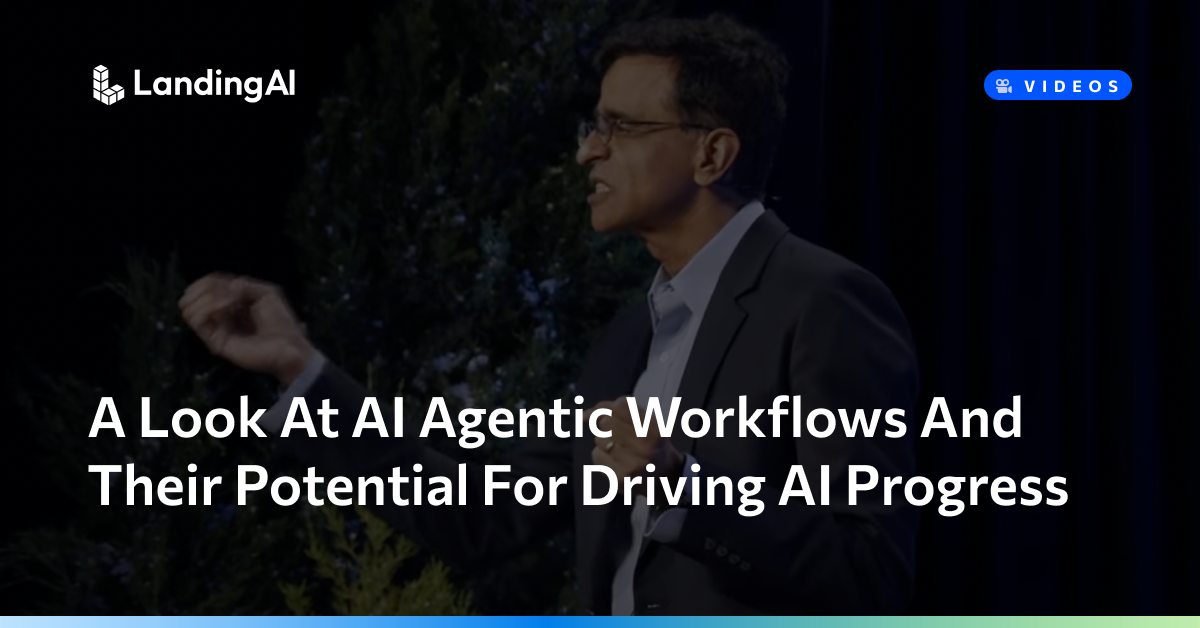David Dechow:
Truly one of the keys to successful implementation of machine vision at the plant floor level, whether it be traditional industrial machine vision or deep learning as part of a machine vision inspection solution, is to apply and execute a competent and well thought out workflow of implementation of that technology. To be clear, the implementation of traditional rule-based machine vision versus deep learning is a different workflow. On the deep learning side, we have to understand that a workflow still has to be followed. I find that the most successful workflow is to start with an application analysis and then develop a competent imaging solution that acquires suitable images and quality images to create a quality data set. And if we have any hint about how we can achieve success, it is to start with quality data, and the data is the image in deep learning as well as machine vision.
The workflow shifts from there to labeling that data, and while that may seem a difficult task, it is really not that difficult. It requires skill in understanding how to label, but also most importantly, human experts that know what a defect is or what an anomaly is versus the good part. And sometimes that’s a subjective call. So we recommend using collaborative labeling with multiple experts so the labeling can be compared to get the best possible quality data set out of the images that we provided. We often describe this as an iterative process as well. This may have to be model-created, labeled and created, tested, relabeled, tested, and that’s okay because in industrial automation, implementing something is often an iterative process, and repetitive in terms of testing for the final result. On final implementation, we want to implement the deep learning model so that it starts to perform in a production environment, and at the same time continue to collect data (being images) so that we can use that additional data to fine-tune the model over time. And perhaps capture defects and label them, that we haven’t seen before, or even address variations that occur in the natural production process like part presentation, subtle changes in the way the part looks that may affect the reliability and effectiveness of the system. So there’s a component to it that may involve working with those production images, and then finally one of the most important things is to utilize the data that comes from the system. A machine vision system, whether it be traditional, is valuable to the production process, but it has greater value when we use the data we get from the process to improve our process. The goal would be to never make bad components, but the benefit of machine vision and deep learning is to ensure we have data to help us understand what we can do to make the product and the process better.

